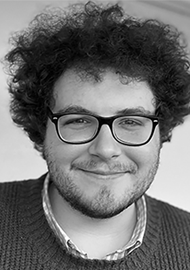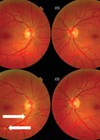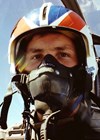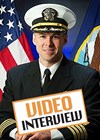
Captain Gary Dyson, Chief Pilot of the Orbis Flying Eye Hospital, spoke to Chris Henson about his 22-year stint flying the plane, its role at the cutting edge of aviation and medical technology, and how Orbis plan to continue to innovate.
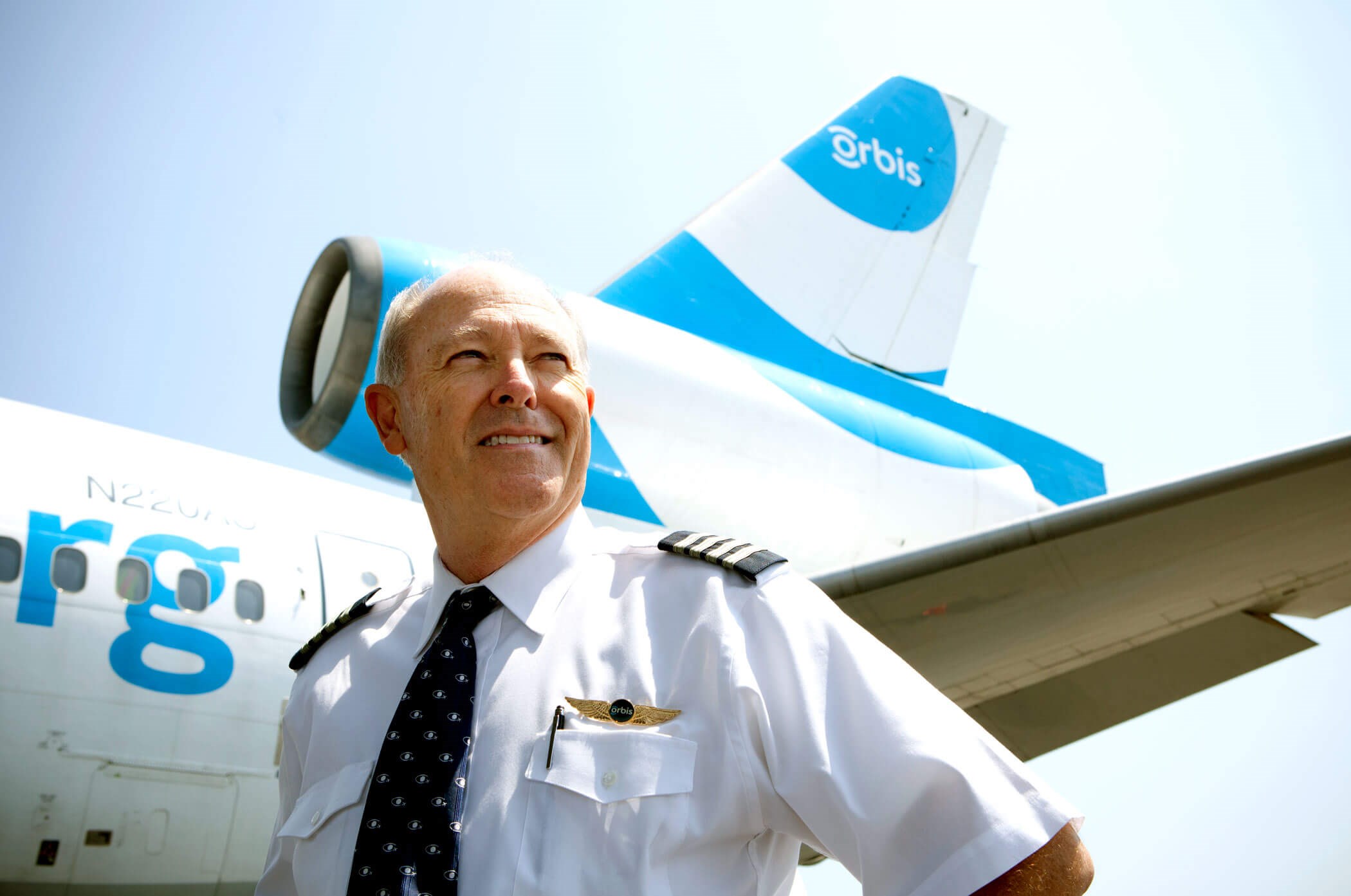
Captain Gary Dyson, Chief Pilot, Orbis Flying Eye Hospital.
Gary, you are talking to me from the Farnborough International Airshow 2022 - having fun?
Yes, I’m having a good time here at Farnborough. There are tonnes of people who have come to see the plane on a virtual tour. I’m looking forward to the airshows over the last couple of days here [21-22 July]. You can probably hear the planes flying overhead!
Orbis continue to innovate with their technology - how big a role can aviation play in technological developments going forward?
Aviation continues to innovate, which is great as long as I can still fly the plane! A lot is done with drones now. Orbis continue to adapt with more efficient types of fuel, and a team that continues to change. The Flying Eye Hospital is consistently regenerable and upgradeable, which means it can spread change equally. We recently added simulation technology to the plane. This means that students and ophthalmologists can practice eye surgery on it. There is also a new VR system from FundamentalVR , which gives you feedback as you work on it - it feels as if you are practicing on a real eyeball.
The Orbis Flying Eye Hospital has been running for 40 years, and even when it’s not in the air, virtual training and telemedicine from the Cybersight platform still helps administer clinical eyecare - when the plane is flying again, will it continue to use this technology?
Absolutely. After 40 years, we continue to not only fly the plane, but focus on finding other ways to help and treat people. This is how it will improve and carry on. Pre-pandemic, technology like the Cybersight system was a great help. It meant when we’d go to a country to do a surgery program, we could review cases before we travelled. It let us know if we would be arriving to help a special case, and if they needed specialist equipment. Then, during the pandemic, we could use Cybersight to connect doctors in countries we would usually visit with specialists in the UK and US, and give classes over the internet.
What might the future of technology and aviation look like in eyecare?
When you see how much more we can do with the technology, it will only continue to grow.Not only in the continued use of resources like Cybersight, but also in having more pilots, more mechanics actually in the plane, and we have hospital-based plans too.
What would you say are the Flying Eye Hospital’s key achievements?
Our key achievements are in treating and preventing avoidable blindness and visual impairment. I have been flying the Hospital for 22 years, and I have seen quite a bit, and there is still nothing like seeing someone get their sight back. You can see that their life changes in front of your eyes. Our employees have the chance, early in their careers, to go out and visit a programme to become more aware, and to experience the work as it all becomes real. Some carry journals with them to record their thoughts. That is our greatest achievement: how it changes people’s lives, their families, and communities.
We currently operate 76 paediatric eye care centres, 157 vision centres, 33 of which follow a ‘green’ initiative and have low carbon footprints. There are also 808 primary eye care centres, and 22 wet labs with hands-on training on animal eyes. For eyecare facilities, certain low- to middle-income countries didn’t have them in the past. Orbis not only perform surgeries, but they are able to conduct screenings to catch and prevent diseases early on.
They host training sessions for staff, which currently include trainees which number into the thousands. Whilst we are combating preventable diseases, their numbers continue to go up, meaning we need to do more. The aim currently is to be proactive, rather than reactive: in 2021, we conducted over 1 million eye screenings.
In which locations, and in which eyecare disciplines, has its impact been felt the most?
Some issues are specific to their locations. Trachoma is becoming prevalent in Africa, a disease which is controllable with an antibiotic. 8.1 million doses of this antibiotic were administered in 2021, meaning the issue has been almost eradicated thanks to the work of Orbis and pharmaceutical companies, as well as the individuals who administer the treatment. Our surgeons are so talented. They can change lives. They might treat a child with a facial deformity, who has been shunned and ostracised socially, and that child can then return to school with newfound confidence.
Cornea replacement and cataracts are very prevalent, even in children. We carry out multiple types of work, distributing cataract equipment primarily, as well as paediatric and strabismus aid, and a lot of retina work.
Are there any nations the Flying Eye Hospital plans to visit which it has not thus far?
Visits can take over a year to plan, and they are not restricted to any set of countries. We have to form a relationship first, through medical administrators, speak to the people we are visiting, and go where we are needed. These are usually low- to middle-income countries. Unfortunately, due to terrorist activity, some countries are too dangerous to visit. However, we do a lot of work in Africa, Malaysia, China, India, Bangladesh.
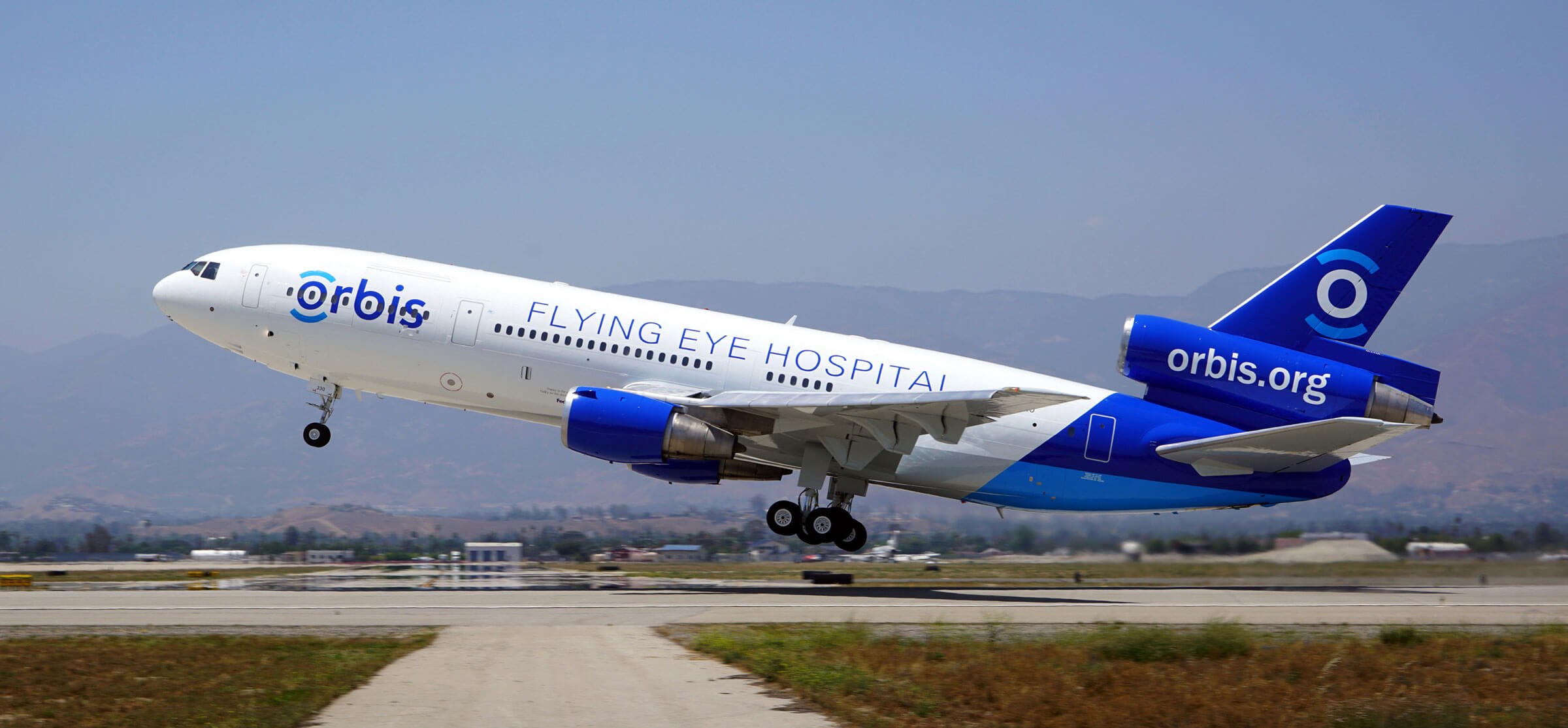
The Orbis Flying Eye Hospital.
Aviation has had a massive impact on the administering of eyecare, and medicine in general, around the world. In the current climate, are there any concerns that it may become less and less environmentally sustainable in the coming years? And how might Orbis innovate around future environmental questions?
The plane is not the most efficient, however, it is a drop in the ocean compared to the effects of airline planes, so its impact is relatively very small. We need to continue to replace equipment, to keep the plane efficient and up to date. We have experimented with solar panels to charge batteries and save on generators. The plane is in the best condition it has ever been in. It was built in 1973, and used as a cargo plane. When it finished being used for cargo, it was put to use as the ideal combination of aviation and medical technology.
I’d like to shoutout the people who keep the plane running. Bruce Johnson (Director of Aircraft Operations for Orbis International) keeps the plane in top condition, and plans the operation of it, and Valerie Suberg (Senior Manager of Aircraft Maintenance) and Phil Kliewer (Flight Mechanic) are dedicated to keeping the plane working. Over the pandemic, when the plane wasn’t flying, they still maintained it and checked on it, so that it was ready to go as soon as it was needed.
The Flying Eye Hospital relies on the support of donations - where will these donations continue to be invested? What does Orbis hope to achieve, within and without the Flying Eye Hospital, in the next five, 10, 40 years?
Orbis are very efficient with the funds they have, and they are ratified. Charity Navigator, which evaluates charities, placed Orbis in the 90th percentile. It is estimated that 92-93% of donations go solely to the work Orbis do, rather than to the charity’s administrators. The surgeons and doctors are all volunteers, so we don’t get any questions about how they are being paid - they’re not! The money is used to invest in technology, which is an effective way to train people.
In the future, we’d like to find new places we have not visited yet, and also hopefully visit countries we have been unable to due to terror threats. We’d like to see the continued synchronicity of virtual training and the use of the plane in hospital-based programmes to make the whole operation better, and to treat more people than ever.
Thank you very much to Captain Gary Dyson for speaking to Eye News.
For more information on the Orbis Flying Eye Hospital, and to learn how to donate, click here.
COMMENTS ARE WELCOME



